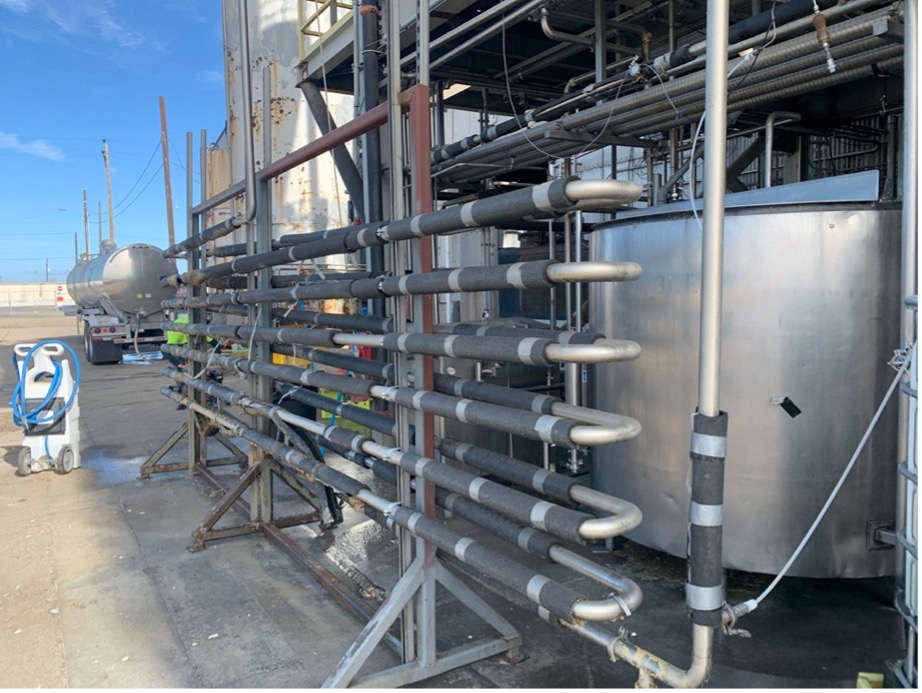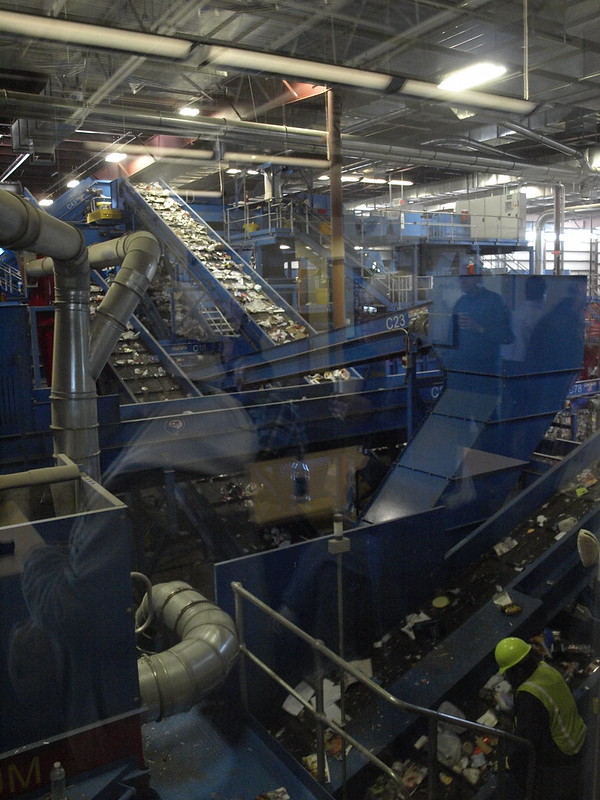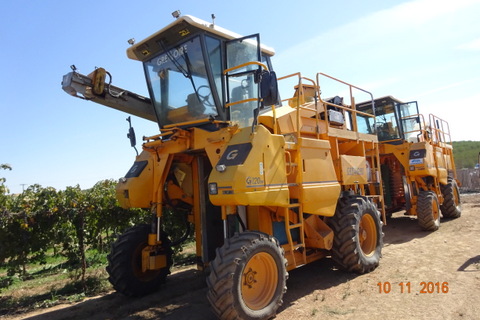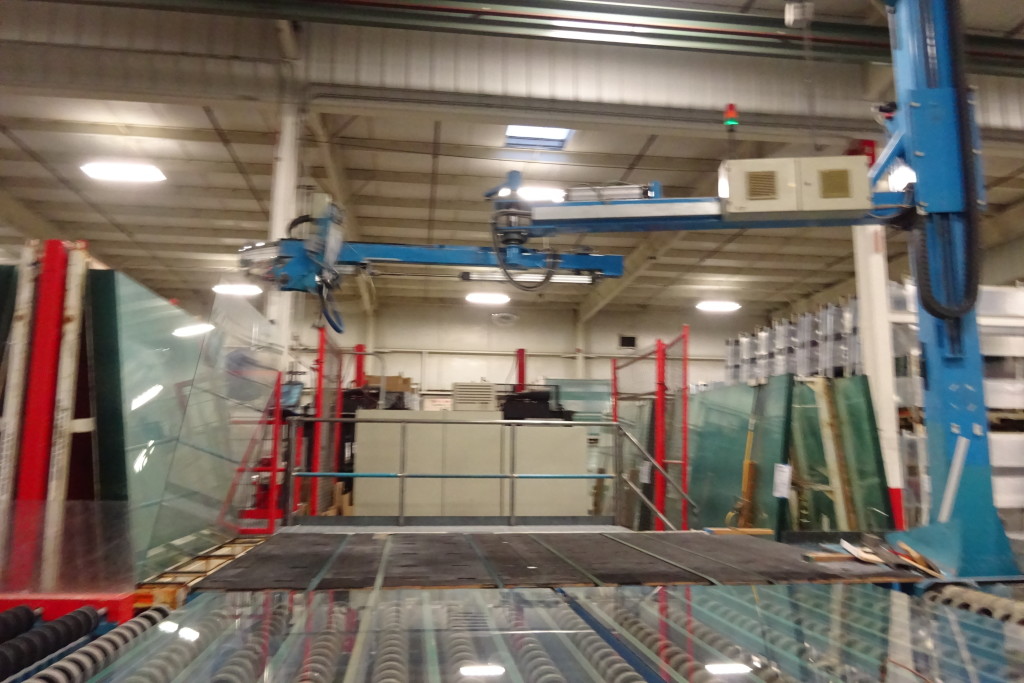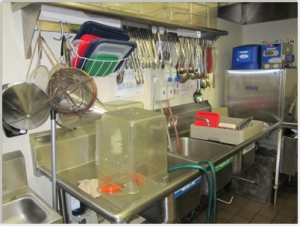 Appraising restaurant equipment often begs the question of which equipment is personal property — and should be valued for the purposes of the appraisal — or real property — as in, part of the real estate. While most folks have never considered whether a walk-in cooler, for example, is equipment or real estate, that’s a question that any restaurant equipment appraisal could discuss at some length. In general, equipment considered personal property includes all the free-standing equipment, such as ranges, warmers, stainless steel workstations, and most dining room furniture.
Appraising restaurant equipment often begs the question of which equipment is personal property — and should be valued for the purposes of the appraisal — or real property — as in, part of the real estate. While most folks have never considered whether a walk-in cooler, for example, is equipment or real estate, that’s a question that any restaurant equipment appraisal could discuss at some length. In general, equipment considered personal property includes all the free-standing equipment, such as ranges, warmers, stainless steel workstations, and most dining room furniture.
 When restaurant equipment is installed, however, an appraiser must determine if the installed equipment should be considered personal property — which would be valued for the purposes of the appraisal — or real property — which would be considered part of the building and so not be valued as equipment in the appraisal. Installed equipment of this sort generally includes ventilation & fire suppression systems, refrigeration systems, and other attached items, the removal of which may cause damage to the property or create health code violations.
When restaurant equipment is installed, however, an appraiser must determine if the installed equipment should be considered personal property — which would be valued for the purposes of the appraisal — or real property — which would be considered part of the building and so not be valued as equipment in the appraisal. Installed equipment of this sort generally includes ventilation & fire suppression systems, refrigeration systems, and other attached items, the removal of which may cause damage to the property or create health code violations.
Determining the value of installed equipment depends, as many equipment appraisal questions do, on the appraisal premise of value. When appraising under an in-continued use scenario, for instance, the assumption is that assets will remain in-use at their current location as part of a going concern. In this case, it may be appropriate for the restaurant equipment appraiser to include the installed items and their related installation costs. If, on the other hand, the restaurant appraisal is being done for what could be an in-exchange or liquidation scenario (such as an appraisal for a bank loan collateral), then the assumption would be a piecemeal sale and the installed items would be less likely to be included.
Whatever the reason for a restaurant equipment appraisal — buy/sell, family law, collateral loan — it’s important to have a plan regarding installed equipment. And if the restaurant equipment appraisal is being done in conjunction with a real estate appraisal, as frequently happens, the respective appraisers should talk with each other to ensure that all of the subject assets to be included in the appraisals are being appropriately handled.
Now let’s discuss those 3 areas of installed equipment. And since a picture is worth a thousand words, I’ve included a few photos to illustrate the different types of equipment for which installation costs might or might not be included.
Ventilation Equipment
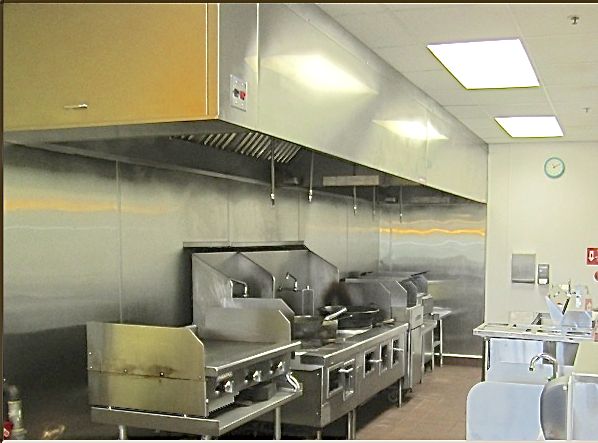 Typically the cook’s line area of a restaurant will have a ventilation hood, make-up air system, fire suppression system and fire alarm system specially designed for that specific location.
Typically the cook’s line area of a restaurant will have a ventilation hood, make-up air system, fire suppression system and fire alarm system specially designed for that specific location.
These items are custom designed based upon the overall square feet of the facility and its particular kitchen. The separate items are installed as a complete unit, on-site, and can make up a significant portion of the restaurant’s entire and original cost of initial equipment installation. And, as you might imagine, the cost of these expensive and specific installations is usually impossible to re-capture, especially in a liquidation scenario.
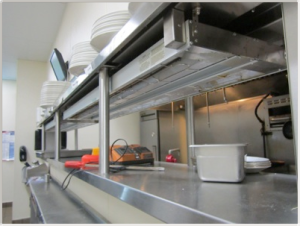 There are two reasons that ventilation and fire suppression equipment lose value: First, once the units have been connected together and attached to the building, they are difficult and costly to remove; compounding that is the fact that since the system was designed as a custom installation for a particular space, these units are unlikely to have any practical use in any other location.
There are two reasons that ventilation and fire suppression equipment lose value: First, once the units have been connected together and attached to the building, they are difficult and costly to remove; compounding that is the fact that since the system was designed as a custom installation for a particular space, these units are unlikely to have any practical use in any other location.
By the way, California restaurant owners should note that the state has recently changed the requirements for fire suppression systems and related equipment. For a comprehensive summary see this link and the previous one.
Refrigeration Equipment




Other Attached Equipment
The same determination of removability v permanence applies to a variety of restaurant equipment, from dining furniture to shelving. Many items that are attached to the walls or floor (such as banquette seating, counters, or stainless steel shelving) may be claimed by the landlord as being real property. If damage could result from attempts to remove the equipment, the landlord may have a reasonable basis for the claim, not only to protect the real estate, but also to avoid health code violations. Health department inspectors can be very sensitive about holes in any surface where food may get stuck: they want all surfaces to be able to be easily wiped clean. So removing shelving or other restaurant equipment and leaving holes in the surface that the equipment was attached to could create a health code violation for the landlord, who would be responsible for any needed repairs.
Leased Equipment


Questions on Equipment Installation Values
As usual, making the right call in regards to installation values in restaurant equipment appraisals comes down to good communication between the client and the various appraisers working on the project. The equipment appraiser should know the correct questions to ask and the appraisal client should expect the appraiser to ask them! When you are shopping for a restaurant equipment appraiser — whatever your reason may be — expect an appraiser to ask these basic questions about installation costs. If the appraiser isn’t curious about leased equipment, real property and personal property, it may be a sign to do a little more shopping before choosing an equipment appraiser to value your restaurant equipment.
If you’d like to discuss your appraisal situation with us, call our office at 530.795.5536 or use this contact form. We look forward to talking with you!
Jack Young, ASA, CPA
Restaurant Equipment Appraiser
NorCal Valuation Inc.

